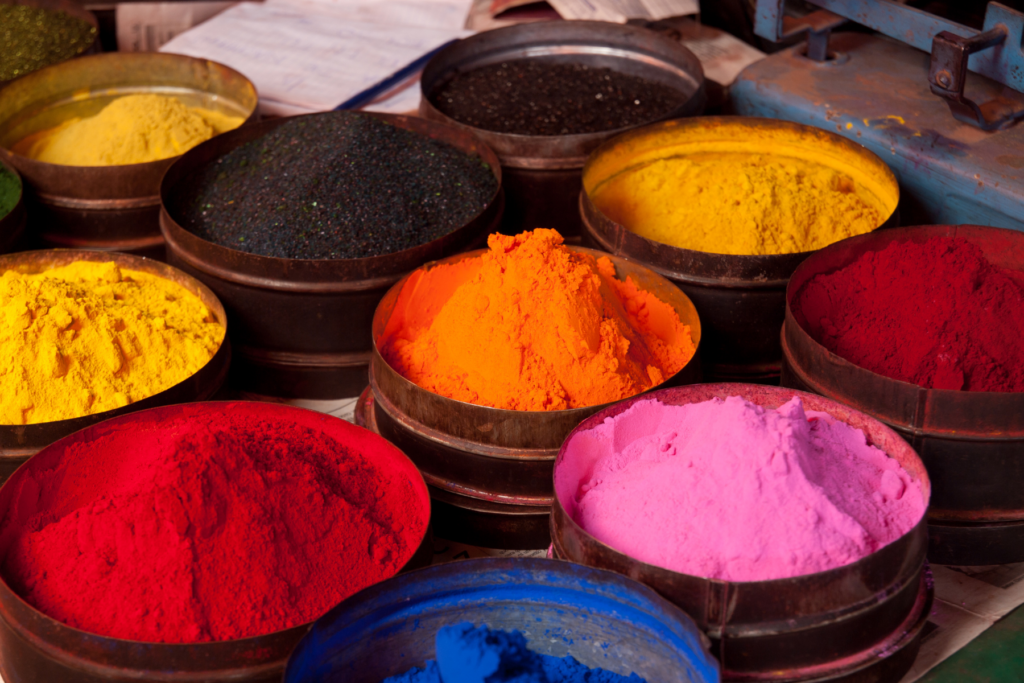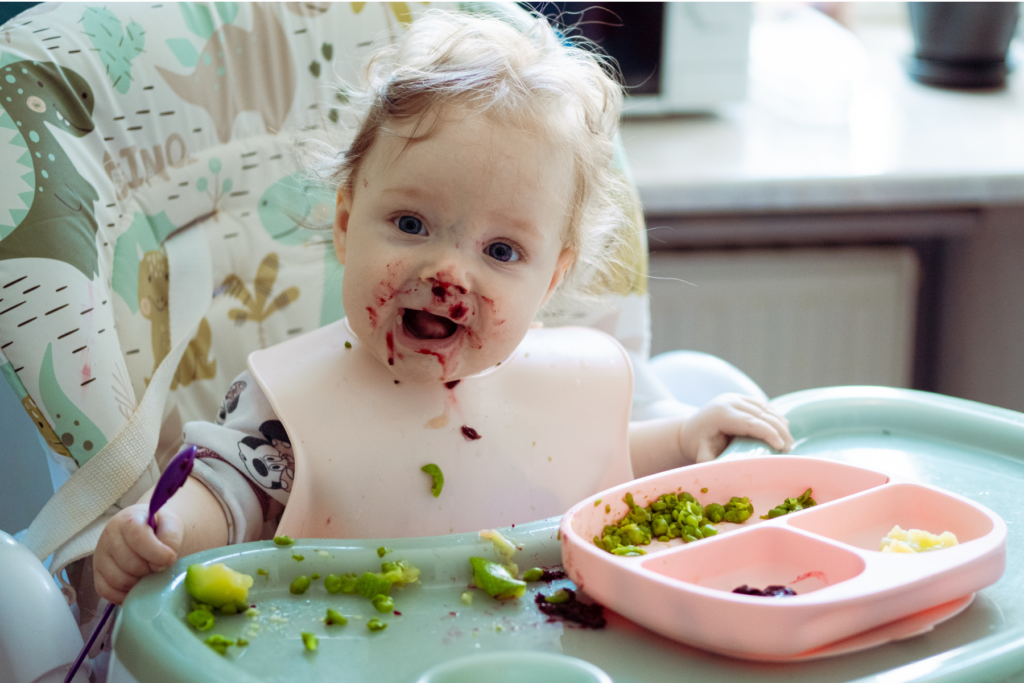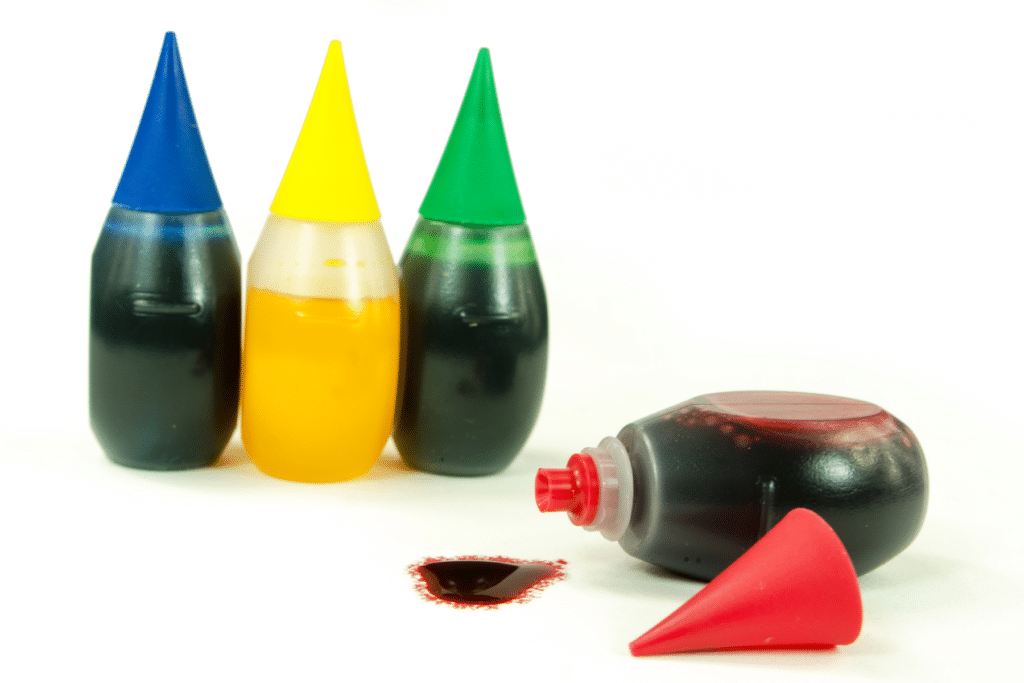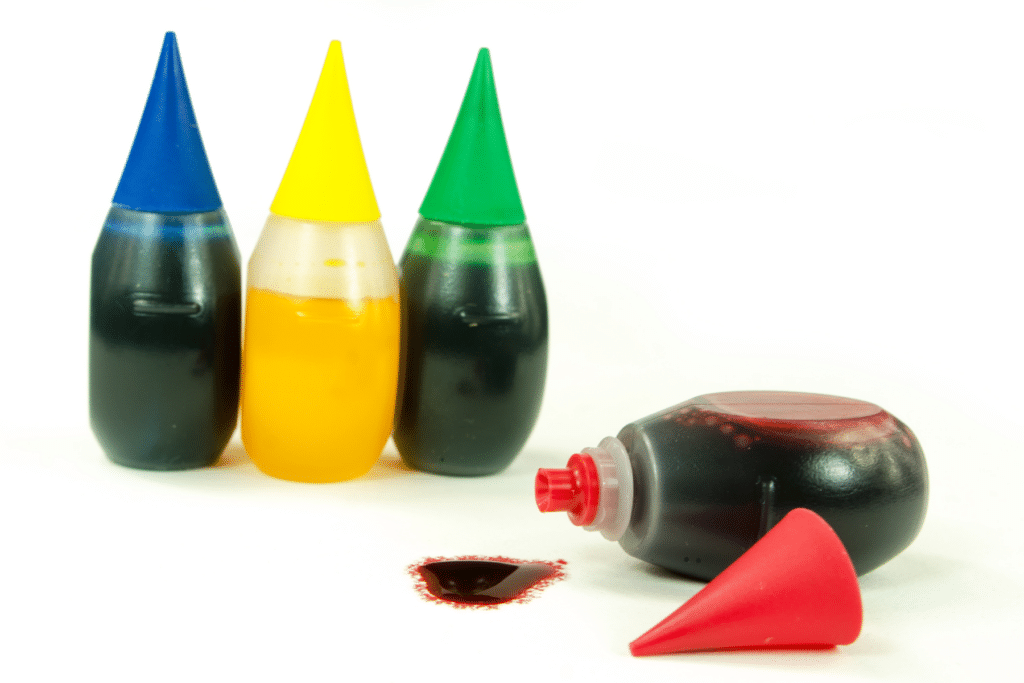______________________________________________________________________



The Impact of Food Dyes on Children’s Behavior: What You Need to Know
In recent years, the use and consumption of synthetic food dyes have raised concerns among parents, health professionals, and researchers regarding their behavioral effects on children. Colorful candies, cereals, and beverages often contain artificial synthetic dyes that enhance their visual appeal, but their effects on our little ones continue to be a topic of debate. As a pediatric dietitian, I wanted to dive into this research to let you all know what the consensus is.
So, what does the current research say, and what do we do about it?
Summary of Food Dye Research
There is currently a growing body of evidence, particularly from studies conducted on children, that suggests exposure to food dyes may be associated with adverse behavioral outcomes (1). The link between food dyes and behavior, especially in children with pre-existing conditions such as ADHD, has been explored through controlled studies. These studies suggest that children exposed to dyes— especially when multiple dyes are consumed together— may experience changes in behavior, including irritability, hyperactivity, restlessness, and sleep disturbances (2).
For example, studies of the widely used Yellow No. 5 (tartrazine) have found it can affect behavior in some children (1,2). European officials further solidify this concern, as most foods containing artificial dyes now carry warning labels indicating potential behavioral effects in children (6). In the US, the label must list the names of any FDA-certified color additive (e.g., FD&C Blue No. 1 or the abbreviated name, Blue 1). There is an exception with certain additives that can be listed as “artificial colors,” “artificial color added,” “color added,” etc…, without naming each one (5).
Frequently Asked Questions (FAQs)
1. Do I need to be concerned if my child consumes foods with dyes?
Yes, but within reason. The research suggests that food dyes, especially in sensitive children, can be associated with behavioral issues like irritability, hyperactivity, restlessness, and sleep disturbances (1,2). This is particularly important if your child has a pre-existing behavioral condition, such as ADHD (4). However, the research does not prove that food dyes affect all children in the same way, so not every child may experience these symptoms. This is still being studied and more research is needed to draw a firm conclusion. It’s best practice to monitor your child’s behaviors and reactions when consuming foods with dyes.
2. Will consuming food dyes cause my child to develop ADHD, autism, or other medical conditions?
No, there is no evidence that food dyes directly cause ADHD or autism. While research shows a suggested link between food dye exposure and behavioral changes, no studies prove that dyes cause these conditions (3). For children already diagnosed with ADHD or other behavioral disorders, food dyes may exacerbate symptoms (4).
3. What are the different food dyes used in Europe and the U.S.?
The regulation of food dyes differs between Europe and the U.S. Some dyes allowed in the U.S., like Citrus Red No. 2 and FD&C Green No. 3, are not permitted in Europe. On the other hand, the European Union allows some color additives that are banned in the U.S., including various synthetics and natural compounds like vegetable carbon and silver. Both regions share approval for commonly used dyes like Red No. 40, Yellow No. 5, and Blue No. 1, although they may use different names (8).
In Europe, certain synthetic dyes must carry a label indicating they may cause hyperactivity in children, whereas the U.S. does not have a similar requirement for warning labels (6).
4. Are there specific guidelines on tolerable upper intake levels for food dyes?
Somewhat. The European Food Safety Authority (EFSA) (5), has established acceptable daily intake (ADI) levels for some dyes. For example, according to the EFSA, the ADI for Red No. 40 is 7 mg per kilogram of body weight. Although the U.S. FDA does not specify an ADI for each dye, they state that they regulate the use of food dyes to ensure they are used at safe levels. The FDA has a Q+ A here (7).
Conclusion
While occasional consumption of foods containing synthetic dyes is unlikely to cause harm, especially in small amounts, we do advise you to pay attention to your child’s behavior after eating these foods. Every child is different! Some may show noticeable changes, while others may not react at all. If your child seems sensitive to certain food dyes, reducing or eliminating them could help. Teaching children that all foods, including those with dyes, can fit into a balanced diet can encourage a healthy relationship with food without labeling it as “good” or “bad.”
Ultimately, being informed and observant is the best way to make decisions about food dyes and your child’s health.

References:
1- Miller, M. D., Steinmaus, C., Golub, M. S., Castorina, R., Thilakartne, R., Bradman, A., & Marty, M. A. (2022). Potential impacts of synthetic food dyes on activity and attention in children: a review of the human and animal evidence. Environmental health : a global access science source, 21(1), 45. https://doi.org/10.1186/s12940-022-00849-9
2- Rowe, K. S., & Rowe, K. J. (1994). Synthetic food coloring and behavior: a dose response effect in a double-blind, placebo-controlled, repeated-measures study. The Journal of pediatrics, 125(5 Pt 1), 691–698. https://doi.org/10.1016/s0022-3476(94)70059-1
3- Bakthavachalu, P., Kannan, S. M., & Qoronfleh, M. W. (2020). Food Color and Autism: A Meta-Analysis. Advances in neurobiology, 24, 481–504. https://doi.org/10.1007/978-3-030-30402-7_15
4- Nigg, J. T., Lewis, K., Edinger, T., & Falk, M. (2012). Meta-analysis of attention-deficit/hyperactivity disorder or attention-deficit/hyperactivity disorder symptoms, restriction diet, and synthetic food color additives. Journal of the American Academy of Child and Adolescent Psychiatry, 51(1), 86–97.e8. https://doi.org/10.1016/j.jaac.2011.10.015
5- https://efsa.onlinelibrary.wiley.com/doi/pdf/10.2903/j.efsa.2015.4007
6- Potera C. (2010). The artificial food dye blues. Environmental health perspectives, 118(10), A428. https://doi.org/10.1289/ehp.118-a428
7- https://www.fda.gov/food/color-additives-information-consumers/color-additives-questions-and-answers-consumers
8- Lehto, S., Buchweitz, M., Klimm, A., Straßburger, R., Bechtold, C., & Ulberth, F. (2017). Comparison of food colour regulations in the EU and the US: a review of current provisions. Food additives & contaminants. Part A, Chemistry, analysis, control, exposure & risk assessment, 34(3), 335–355. https://doi.org/10.1080/19440049.2016.1274431
Want more? My course is a 100% evidence-based approach to starting solids in a way that encourages a healthy dietary pattern from the start.
Check out the Starting Solids 101 Course now!
Access Course Now

Cinthia Scott is a Registered Dietitian (RD) and International Board Certified Lactation Consultant (IBCLC) with over 10 years experience in the field of dietetics. Cinthia focuses on ensuring optimal nutrition in the first 1000 days of life to ensure optimal growth and development as well as set the stage for long-term health. Cindy is an author, starting solids expert, and advocate for caregivers receiving evidence based education and support surrounding breastfeeding and starting solids.
Cinthia is co-author of the 101beforeone Starting Solids Book, “101beforeone -baby-led feeding cookbook,” and is the founder and owner of The Baby Dietitian LLC which is her private practice built to provide virtual 1:1 services for caregivers surrounding infant nutrition, toddler nutrition, and breastfeeding support. Cinthia is also the creator of the Starting Solids 101 Program which provides caregivers 1:1 support from a Pediatric Dietitian on how to provide optimal nutrition from the start and create healthy eating habits that will last their whole lifetime. To work with Cinthia, you can access her services here.
Cinthia provides tons of free information for parents on her social media accounts as well.
- Instagram: @The.Baby.Dietitian
- Tiktok: @The.Baby.Dietitian
